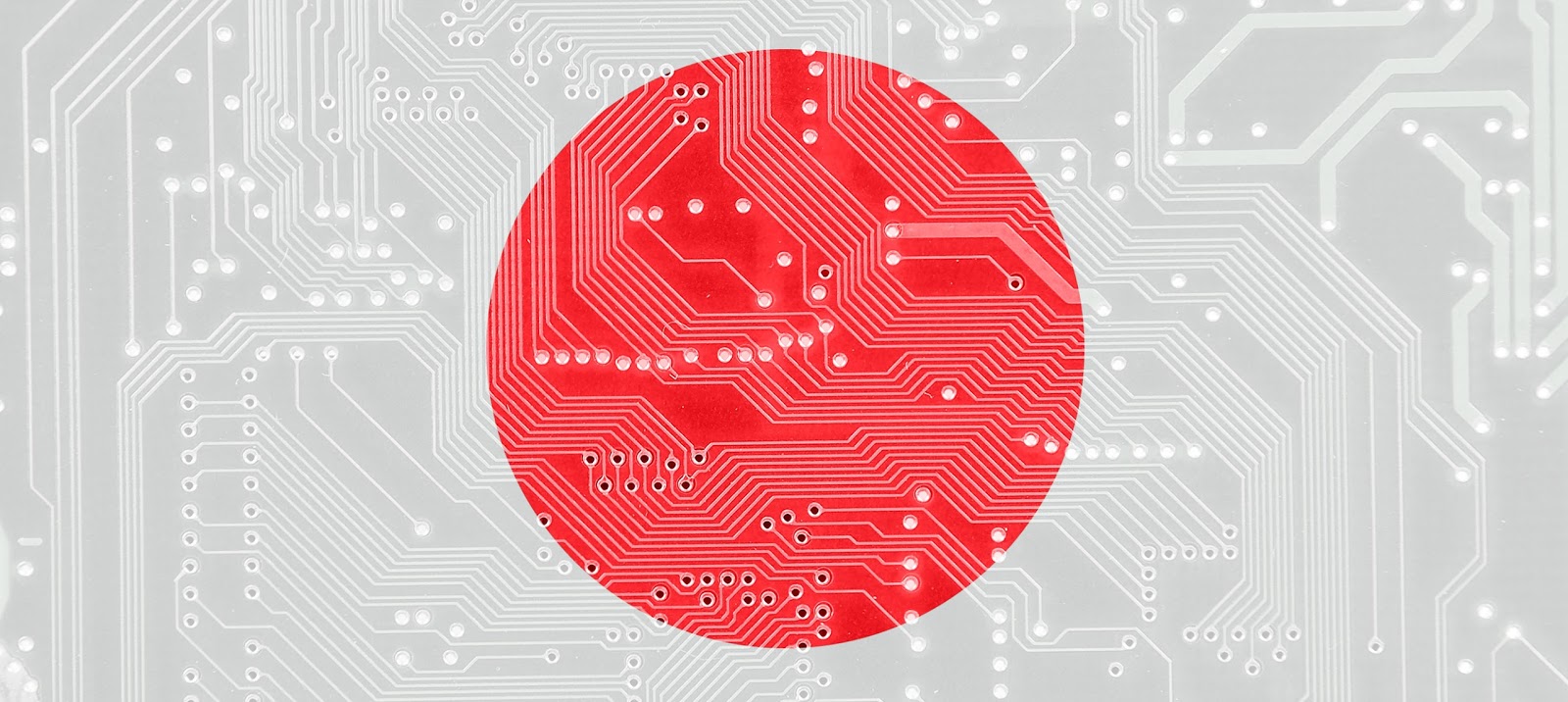The past three years have been a time of changes for Japan. On the one hand, changes have been brought about by natural causes: the consequences of the fierce tsunami that struck the islands forced the administration to change its energy policy, which was largely based on nuclear power; on the other, changes were the result of the exact same reason –the tsunami– but in combination with various other factors, such as a severe population decline and a depressed economy. The government responded with a huge expenditure programme aimed at stimulating consumption and countering the devastating economic effects caused by the Tsunami. The actual economic policies known as “Abenomics” in referral to Shinz? Abe, the current prime minister of Japan who is driving these policies, features a combination of measures such as aggressive quantitative easing from the bank of Japan, a surge in public infrastructures pending and the devaluation of the yen.
In economic terms, the signs are encouraging. GDP growth in April-June was an annualised 3.8%, up from the initial estimate of 2.6% released a month ago. Recently, the IMF says that the current reforms have so far given the country a strong boost and has revitalized the economy, but warned that there are still some strong reforms pending in order to lift the economy from decades of deflation. As for the energy sector, there is still no concrete solution in sight following the government’s decision to shut down its nuclear power stations. The issue should become increasingly important henceforth, as nuclear energy provided up to 20% of the country’s electricity supply, while, with 54 nuclear reactors, Japan is the world’s third-largest nuclear power producer.
These and other aspects of current affairs in Japan, such as the dispute with China over the Senkaku Islands, were discussed at an informal breakfast with Ichiro Fujisaki, former Japanese Ambassador to the US and currently Professor at Tokyo’s Sophia University, during his recent visit to the Elcano Royal Institute.


